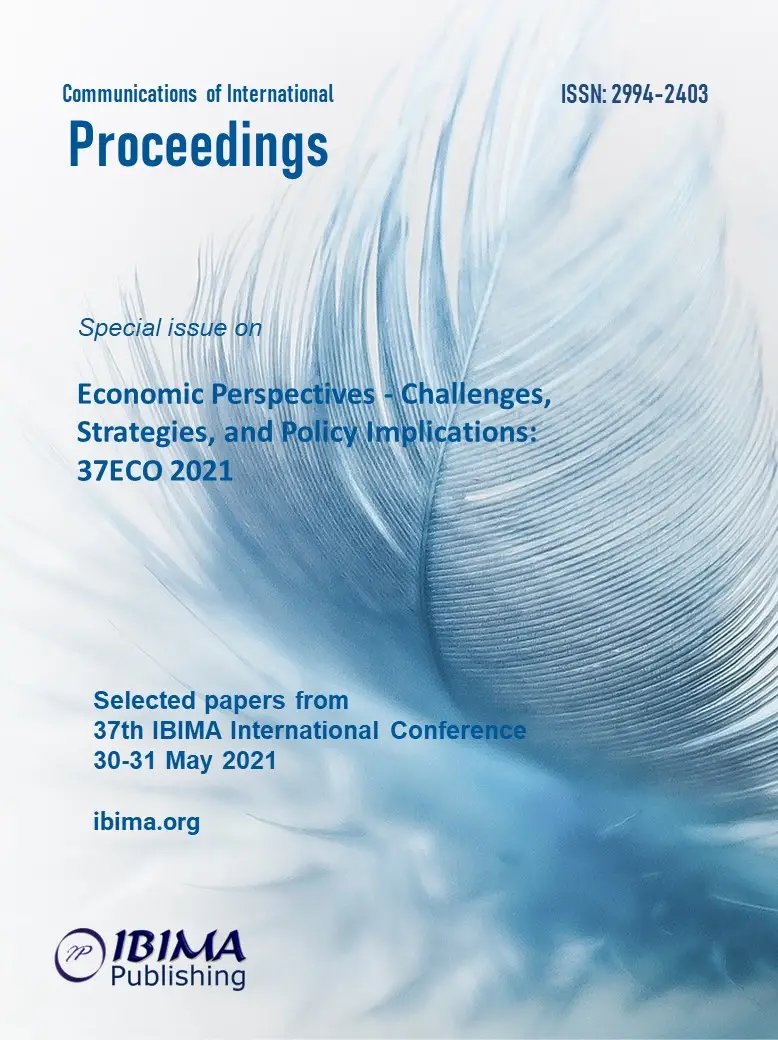
Yuri I. TRESHCHEVSKY, Anna Yu. KOSOBUTSKAYA, Elena A. OPOIKOVA and Ekaterina P. TSEBEKOVA
Voronezh State University, Russia

Objective. To assess the level and main spatial and functional features of Russian regions’ foreign economic activity in the period of 2000-2018. Research Methods. The study is based on the following methods: cluster analysis – to group the regions with similar characteristics of foreign economic activities into virtual clusters; comparative and logical analysis – to establish spatial and functional features of foreign economic activities of different clusters. Results. The research found that the regions of the Russian Federation are highly differentiated by the level of foreign economic relations development. Virtual clusters (groups of regions) were formed at each studied time interval, with a sufficient level of reliability and significance of parameters. It was found that the configuration of groups of regions and parameters of their foreign economic activity in the period of 2000 – 2018 has undergone significant changes. In spatial aspect, there was a shift of the highest development in terms of foreign economic activity to the Far Eastern regions. In functional aspect, export-import of technologies and direct foreign investments are of high importance instead of commodity transactions.